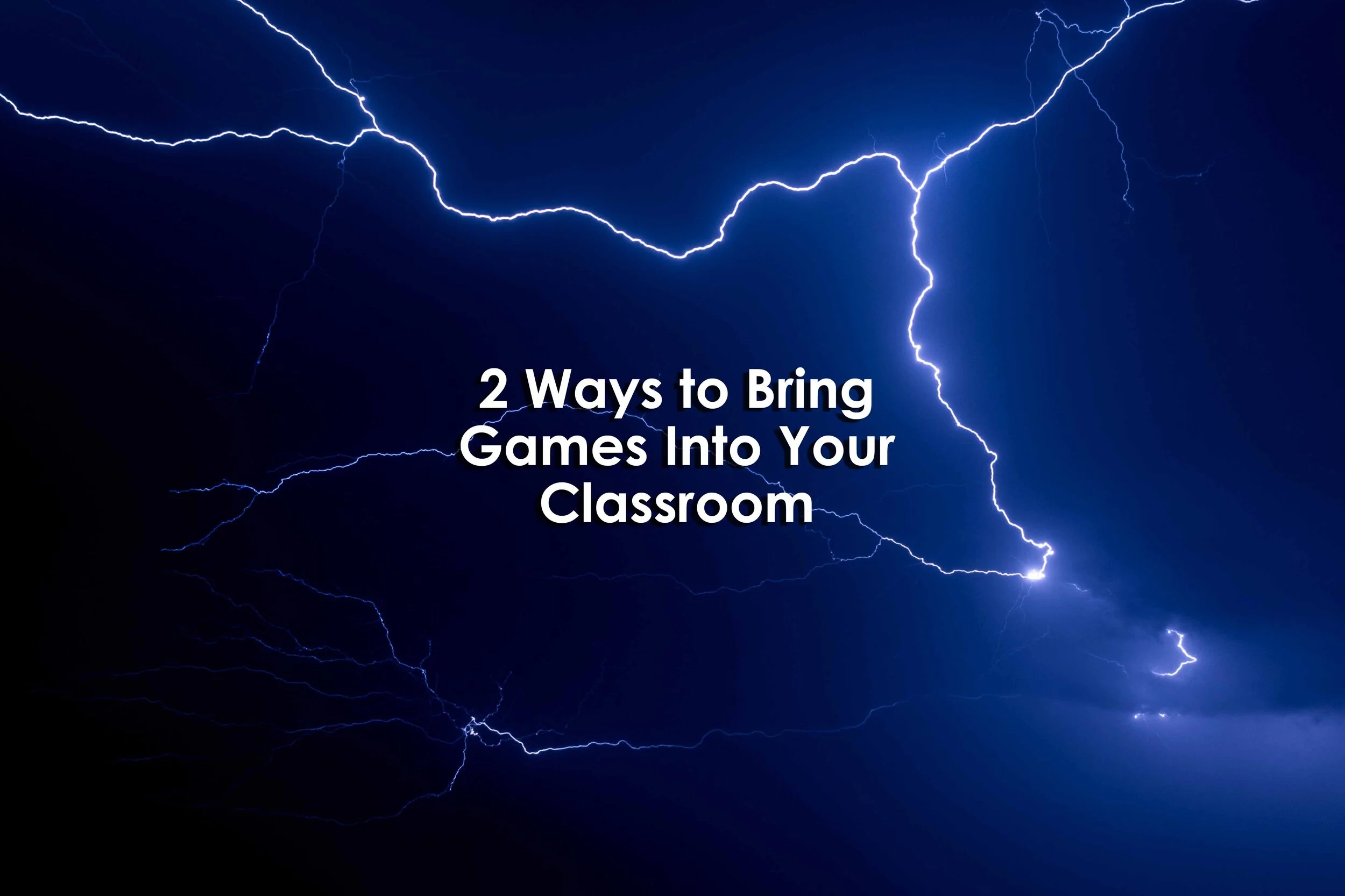2 Ways to Bring Games Into Your Classroom
2 Ways to Bring Games Into Your Classroom
2 Ways to Bring Games Into Your Classroom
By Hubert Ham
March 31, 2020
Summary
Some experts regard the time kids spend socializing with their friends while gaming online as a lifeline during the pandemic, while others maintain that video games can actually enhance kids' remote learning.
Non-digital games are enjoying a resurgence: Even before the pandemic, tabletop board games were experiencing a meteoric rise in popularity, and during the pandemic, classic games like Monopoly and The Game of Life have become a staple in many homes.
Even if you think gaming isn't your cup of instructional tea, you might have already turned to game-based learning platforms like Gimkit, and you might be surprised to find that games can engage students in the exploration of concepts and stories.
Game-based learning, on the other hand, uses games-often existing board, social, or video games-to teach content in an engaging way, and allows students to explore the relevant aspects of games in a learning context designed by teachers.
On the basic end, game-based learning might include the board game Sorry! to teach counting; a more advanced example of game-based learning would be using a sophisticated video game with an immersive storyline, such as Bury Me, My Love, that like a book, introduces students to foreshadowing and other literary concepts through dialogue and gameplay.
In game-based learning, you're leveraging rich content from extant games to engage students in a different learning experience; to a greater or lesser degree it replaces "Traditional" delivery methods, like books or workbooks.
Still confused? Think of it this way: Gamification scaffolds your own lessons through game mechanics and an extrinsic reward system, whereas in game-based learning you leverage the content of a game to accomplish your desired learning outcomes.
Whether it's a video game, card game, or board game, there are many choices available.
If the lesson is not designed well, students can get caught up in the game and lose track of learning goals.
One of my favorite experts on the subject is Zack Hartzman, a high school science teacher who has developed Hey Listen Games, a series of lessons rooted in video games.
Reference
Ham, H. (2021, March 31). 2 ways to bring games into your classroom. Retrieved July 21, 2021, from https://www.edutopia.org/article/two-ways-bring-games-your-classroom
Tags
Gaming, engage, learning
Category
Gaming


